Emergence of wood-burning fireplaces
After Christ, dating from the first century, the emergence of what is today the wood-burning fireplace. In the early periods of Western civilization, excavations of holes in the earth where fires were made to protect man from inclement weather are recorded. Over the years, the invention was perfected in rustic heaters from ovens that heated rooms and even the water, which would originate the current thermo-fireplace.
It was not until the fifteenth century that the cast iron stove was invented, by Benjamin Franklin. It was placed in the center of the homes to heat the rooms and when it was turned off, it kept the warmth for hours. Over time, safer chimneys are built with more smoke coming out to the outside.
In the 21st century, the wood-burning fireplace continues to have a spectacular appeal in the home. This traditional heating system is chosen by adults and children, not only because of how cheap its fuel is in relation to others, but also because of the warm and traditional atmosphere that permeates the house, gathering the whole family around the fireplace.
Emergence of wood-burning fireplaces
When a wood-burning fireplace is idealized, the image of a warm and familiar atmosphere comes to mind, the dwelling is felt as a refuge from the cold where the warmth provided flows into every corner of the house; In the same way, contemplating the passage of the night or the day accompanied by a wood fireplace encourages you to savor life by drinking a hot chocolate, reading a book, participating in board games with family and friends, in short, it stimulates the rupture with the routine to take advantage and enjoy moments.
The wood-burning fireplace is considered to be an excellent heating system as it transmits heat by convection; the cold air enters through the chimney, changes its temperature with the fire and rises heating the entire room, thanks to this mode of heat transfer addressed in physics, it is easy to control and use. Its position in front of the hearth also allows it to receive direct heat by radiation, this is the third common heat transfer mode, where light radiation and fuel corrosion present in the combustion process intervene.
For the best performance of the fireplace you must keep in mind the factors that determine its optimal performance. In the first place, the adequate state of the grilles which help the chimney pipe to work correctly and allow circulation; for this, it is necessary that the draft is appropriate and the smoke evacuation duct is in perfect condition like the chimney tube; Finally, when installing it, you must do it with qualified personnel who will always be on hand to keep it in optimal conditions of use.
Recommendations for installing a wood burning fireplace
If you want to install a wood-burning fireplace, you should not overlook the following points that will allow you to assess the possibility of using this heating mode:
- Consult legally if your home allows the installation of smoke outlets.
- Know if it has the necessary space according to the fireplace you choose, which will allow you to determine the heat power that will provide the required comfort in the house.
- Have space to store enough firewood at your fingertips.
- Ensure proper installation of the fireplace.
- Guarantee periodic maintenance once installed (grilles and tube).
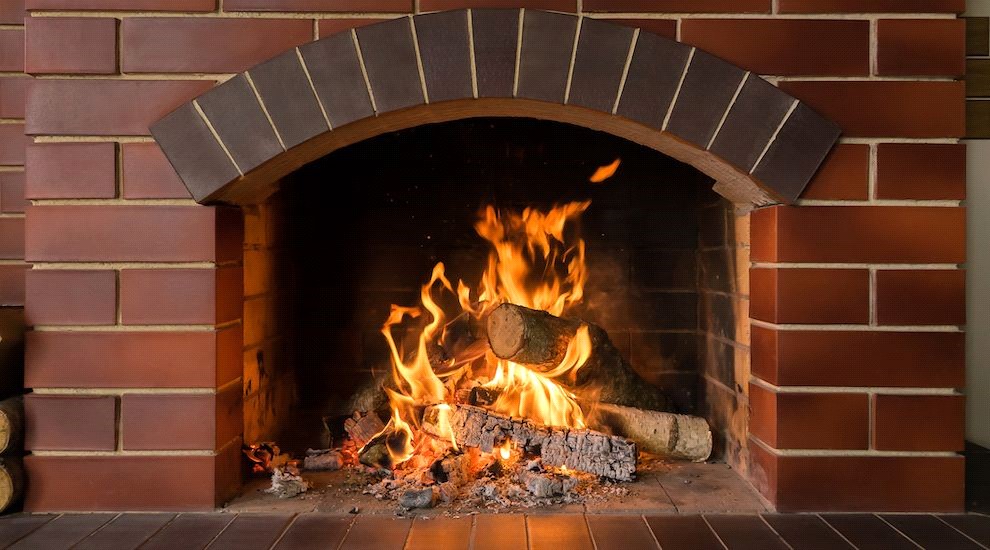
Classification of wood burning fireplaces
There is diversity in the categories and types of heating systems, as well as in the fuel used for its operation, but with respect to its way of working, it is classified into only two types:
Open
The wood-burning fireplace is categorized among the rustic ones; its type, classified among the open ones, belongs to the oldest and most traditional. These fireplaces allow you to be in direct contact with the fire and although it is pleasant, it can really be annoying and harmful. When you are exposed to the pile of firewood being consumed by being devoured by the fire, smoke is expelled in quantities and in this way it enters the environment, affecting your health.
The storms or rainy days common during the winter also have a negative influence on the chimney, since the humidity can encourage the entry of soot and ashes through the chimney pipe if it is not clean.
One aspect to highlight is the low heat output due to its open chimney design, which causes most of the heat to be lost within its structure.
It is also important to know other risks of this model, among them, the one that can cause fires or accidents that end in burns and put at risk, due to its degree of danger, the defenseless little ones at home, who are often attracted by the bright fire without any danger approaching, so it would be necessary to be very aware of the most vulnerable, including, if any, the household pets.
The choice for this type of fireplace can be doubtful, therefore, when choosing, advantages and disadvantages should be considered.
Closed
In this type of fireplaces comes the modern touch in terms of designs and improvements due to the inclusion of fresh devices to guarantee performance and quality.
Fireplaces that implement the use of firewood as a heat engine have also received improvements that have allowed them to increase their performance to 75%. Closed-form designs are suggested for better combustion and for offering less danger.
Another advantage is that the cold air that enters it and helps the circulation of gases is better controlled, which makes the air hot and well distributed inside the room.
Closed chimneys better preserve spaces from penetration of soot and traces of ashes; It also decreases the entry of large amounts of air into the home.
When installing a closed fireplace in the home, it is necessary to try to reduce all the possible risks of accidents in terms of exposure to fire, ashes or sparks, regardless of the fact that a type of glass-ceramic glass is used in them to prevent direct contact with the flames The only disadvantage is how unattractive it is, since it does not allow the enjoyment of the campfire from its living contemplation.
Other types of fireplaces
Masonry chimneys
This open fireplace model is distinguished by its brick and stone finish. The installations are made in rural houses; It is made up of refractory bricks that withstand high temperatures and a heating system designed to condition any type of space, from a large living room to the smallest room.
Built-in fireplaces are the most common in the rustic or classic style, and perfect for decorating the environment depending on the finish. But its implementation is expensive due to the large number of modifications that its creation requires. The use of quality firewood is recommended in order to extend the heat capacity during use.
They adjust easily to any type of environment and design; the tubes that make them up are coated with stainless steel, an excellent material to guarantee greater durability and a better heat coefficient.
Prefabricated fireplaces
Prefabricated fireplaces, as their description indicates, do not need reforms in the house, since they come with their entire structure; They only require a smoke extraction duct that is easily available on the market.
There is diversity in types and designs. Some clone the style of built-in fireplaces, with a stone, brick or marble finish. The exterior is sometimes made of steel and can be found in the open or closed type. There are also other prefabricated ones with a total coating of steel or cast iron.
Thermal performance and maintenance budget
When choosing this heating system, two very important aspects must be assessed: the duration of the heat provided and the maintenance costs. The thermal power needed by the fireplace to provide heat in the home will depend on the size, width and height of the room, and the existing climate in the place; if it is located in a low temperature area, it will need more power to heat the place and vice versa.
Firewood sometimes harbors a large amount of moisture; For this reason, it is necessary to ensure that the percentage of humidity is low to guarantee optimal heating. Heat performance can also be affected by the type of fireplace chosen; open-type fireplaces use less heat and require more power, while closed-type fireplaces keep more heat, firewood consumption is low, they require less thermal power, so they are the most efficient.
Open or closed fireplaces have the cheapest heating system, thanks to the low prices of firewood compared to other types of fuel.
Are wood burning fireplaces safe for the home?
Before installing a chimney, make sure that it is done by qualified personnel who will surely do the installation correctly, especially with open chimneys that, due to their shape, offer risks.
To prevent the risk of detached sparks, the spark guard can be used, which prevents flames from entering and triggering fire. Another risk is plastering, but it can be avoided by giving the chimney pipe proper maintenance and having a chimney cap made for this purpose at hand.
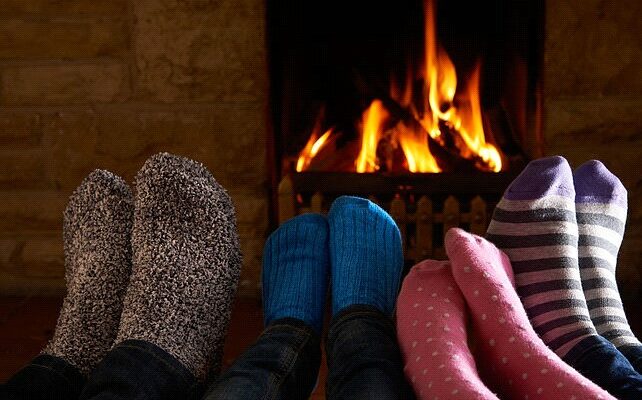
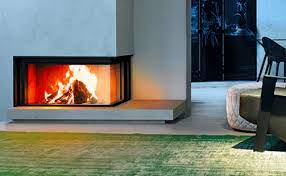
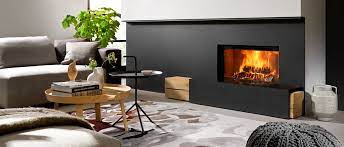
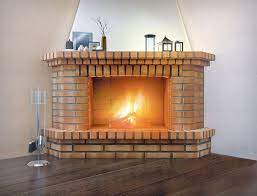
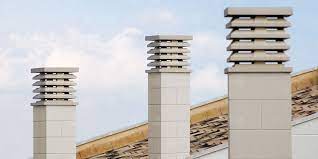


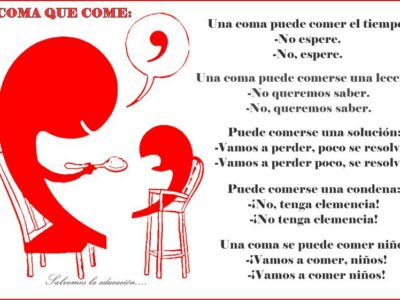












Amo este sitio, no paro de aprender cosas nuevas en el.
Hola, encontré este increíble artículo en la búsqueda de Google y me ha sido de mucha utilidad pues quiero poner en casa una chimenea y no sabía cuál instalar, gracias a este buen sitio web he podido tomar la decisión correcta. ¡¡Saludos!!